No products in the cart.
A Short History of Pajama Wearing
Sleepwear is not just a matter of clothes – it’s a cultural universe, a history of social transformation. It’s become a philosophy of leisure, an object of fashion and a staple for an exquisite sense of lounging.
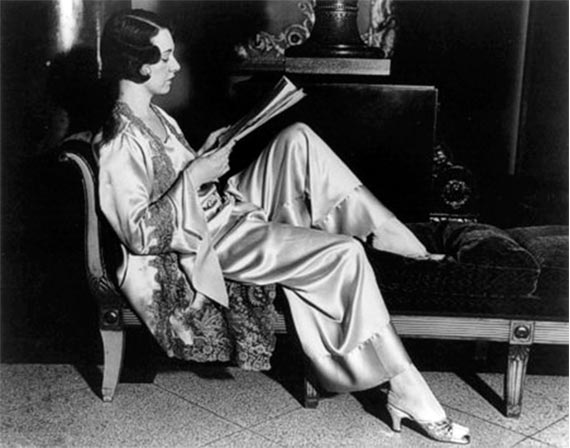
Natasja-Sadi
Like any other human concept, sleepwear is charged with the ways in which context shapes the meanings of things. It’s tied to the shifting understandings of intimacy and privacy. It’s affiliated to the ways in which specific landscapes provide certain materials and sartorial habits. It leads to the ways in which individuals have separated the private and public realms (and what happens there if one is male or female.) It can be a way of looking into changing ideas of sensuality and comfort.
Sleepwear speaks about cultural exchange, colonialism, early cinema, and revolutionary silhouettes for women. It’s the very materialization of what one needs when in the private world: a sense of deliberate, careless dishabillé chic.
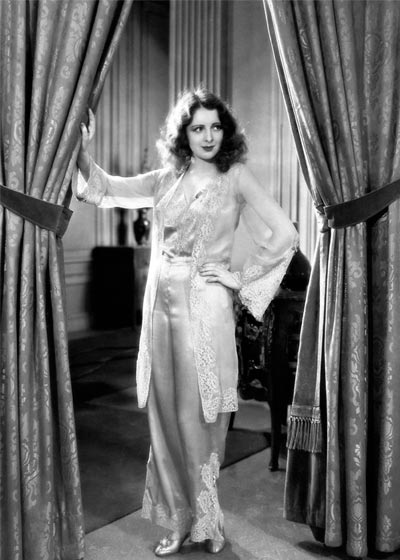
Fascination Street Vintage
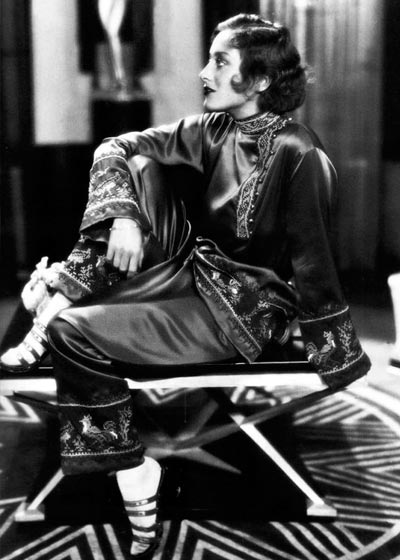
Fascination Street Vintage
In the early 1920s, women were not yet allowed to wear pants. And yet, visionary Paul Poiret was reading into the female psyche; then longing for a sense of liberation and easiness in clothes. It was 1922 when Poiret proposed women wear sensuous, easy, lose-fit, comfortable, bright-colored silks for their time indoors. Intimate sartorial habits are, of course, connected to the delight of rest, the easiness when longs when inhabiting private moments and chambers.
As a style object, pajamas bear changing meanings. The term pyjama is rooted in Persian culture. It refers to a loose leg garment. During the Ottoman Empire, pajamas were meant for male individuals, who wore them in standard ways, in linen tunics. It was the end of the 19th century, when British colonizers assimilated the casual flare for lounging hours and eventually for sleep and rest.
Sleepwear began as shapeless and plain garments but was touched by the whims of fashion and the possibilities brought forth by an increasingly industrialized world. Fashion is all about variety, proportions, silhouettes, cuts, fabrics, colors, as much as it is about technology advancements and social possibilities.
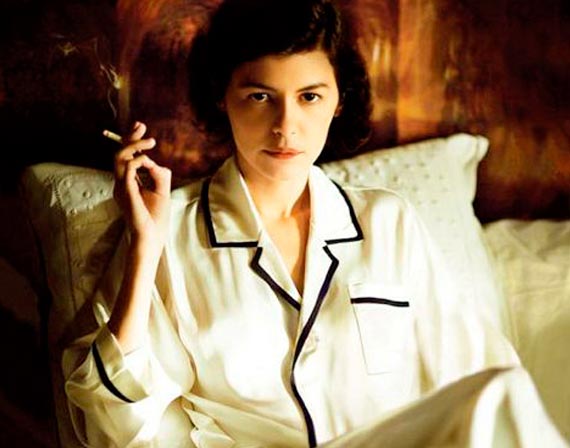
Deshabille
In 1924, Vogue magazine declared: “the pyjama is not an amusing novelty; it has become an essential part of the smart woman’s wardrobe’. It praised silk and Crepe de chine, it celebrated boyish shapes, but also distinguished between lounging and beach piyamas. Hence, the always close ties between sleepwear and loungewear. Touching upon eachother, women’s pajamas also became highly stylized, and inmortalized within the time’s biggest visual spectacle: the cinema. Glamorous starlets began wearing them in a myriad of stylish variations – frequently influenced by Oriental nuances and undertones that understood the exotic as a delicious way of leisure as well. Evening pajamas are, of course, also linked to Coco Chanel, a master of easy chicness.
Sleepwear was also shaped by the World Wars, ideals of femininity, female liberations. They also mixed with close staples: kimonos, host-dressing pieces, caftans. As moral attitudes relaxed and eclecticism set in, it reflected in nightwear as well. Pajamas also reflected all sort of femininities. They ranged from ladylike, conservative options, to playful, sexy and youthful expressions. Menswear persistently shaped pajama trends, and when the spirit of unisex clothes took over the 70s, it became more common for women to wear matching, masculine sets.
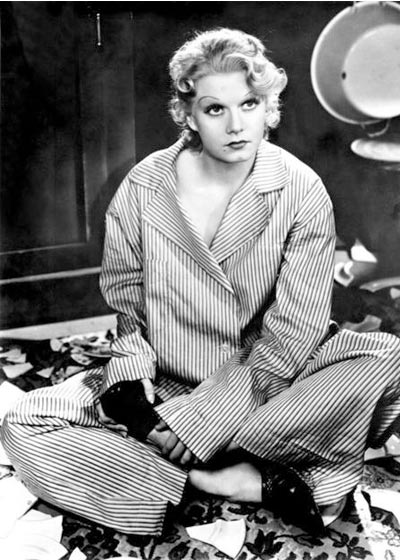
25 Media
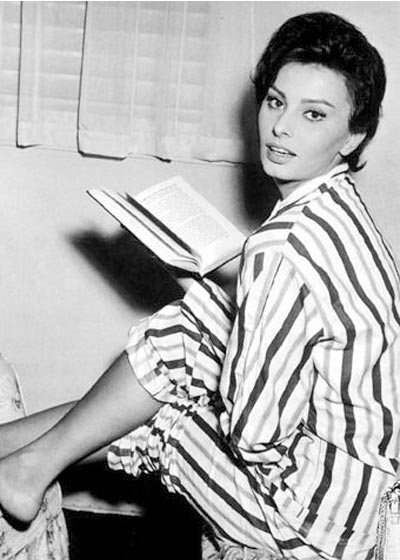
Awesome People Read
In the past few years, with fashion constantly hungry to create a sense of novelty, pajama dressing has become a celebrated street-style trend. It speaks about the ways in which contemporary women are significantly persuaded of the ways in which easy clothes can create a type of sensuality based on comfort and ease. As Mademoiselle Chanel envisioned it. We too believe in the powers of laziness made chic. Light weight, soft touch, fine fabrics and a philosophy driven by sustainability are part of a vision that sees sleepwear as a way of making everything a composition in the aesthete’s way of living.
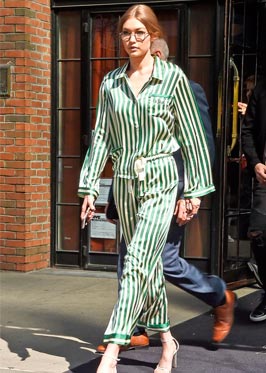
Gigi Hadid
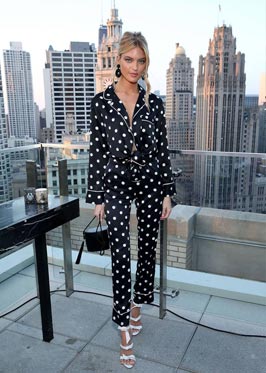
Martha Hunt
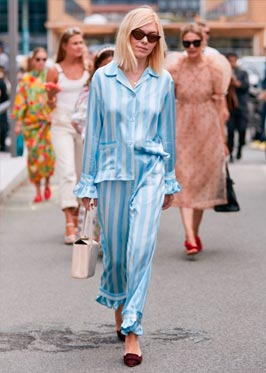
The Fashion Spot



